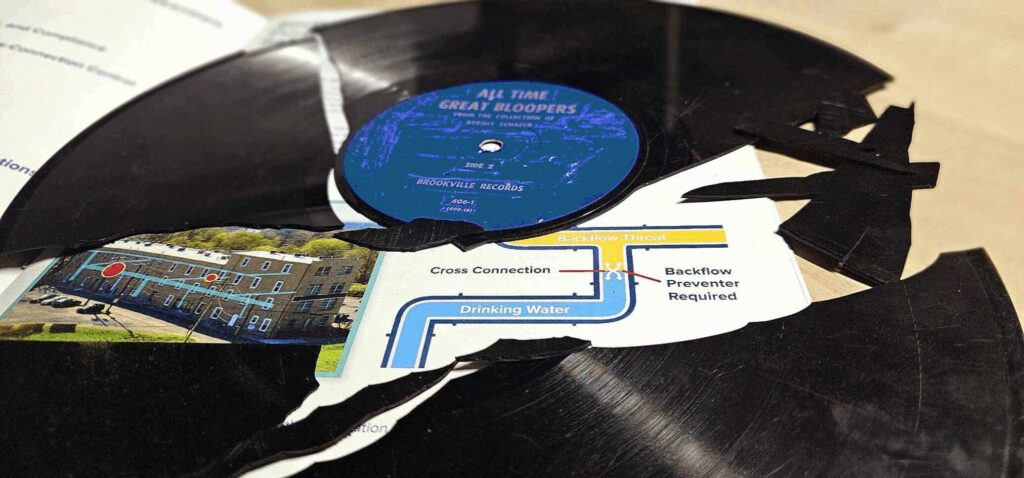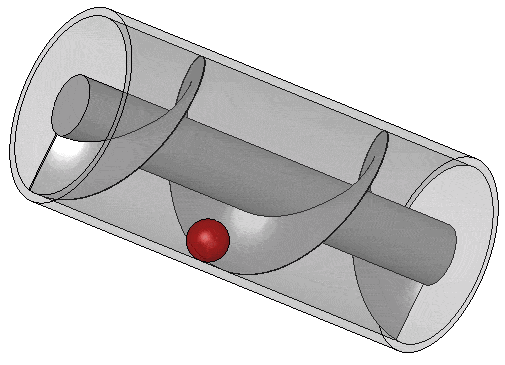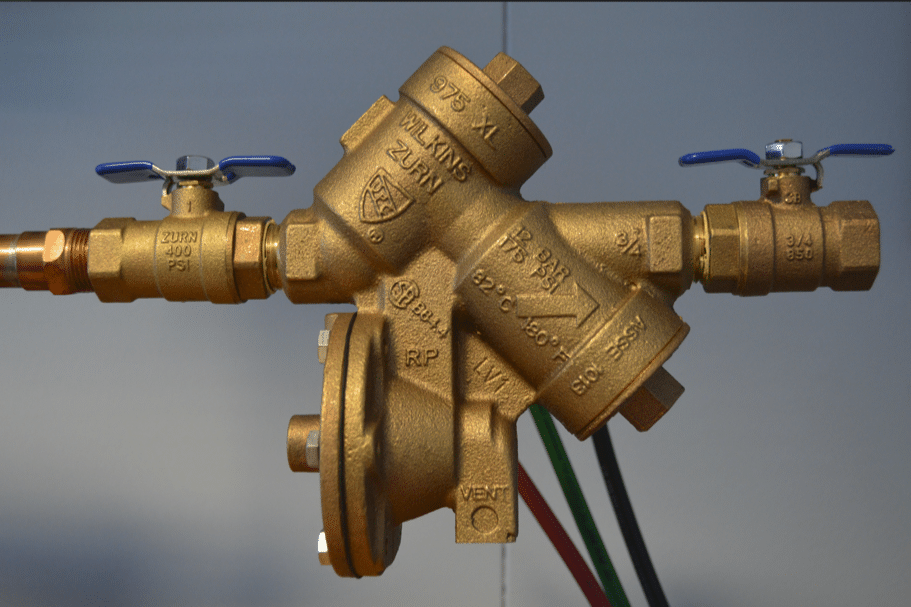Snapshot Notes:
- The Archimedes Screw, an invention still in use today in the waterworks industry and the inspiration for the simple construction hardware, illustrates one of the earliest examples of humans using machines to move water to where it was needed.
- Backflow is an inherent hydraulic problem in all water systems, dating back to ancient Greece and the cities that utilized the Archimedes Screw.
- While there are numerous modern solutions to prevent backflow contamination, including Backflow Preventers and Cross-Connection Control Programs, the backflow problem still persists.
Cross-Connection Control vs. Backflow Prevention: What’s the Difference?

Backflow, the undesirable reversal of the flow of water within a plumbing system, has plagued public water systems (and the folks in charge of them!) for longer than we think. As long as civilizations have relied on public water supplied by piping (or other conduits like troughs and wooden pipes!) systems, the threat of backflow and its potential for contamination through unprotected cross-connections has loomed large. The roots of this historic hydraulic dilemma can be explored through the examination of the history of one of the oldest engineering marvels: the screw.
The Archimedes Screw
The humble screw, a ubiquitous piece of hardware in modern construction, manufacturing, and battery compartments on your children’s toys, owes its design to the ancient innovation known as the Archimedes Screw. Conceived by the Greek mathematician and inventor Archimedes over two millennia ago, this simple yet ingenious device was originally devised for the purpose of moving water. Consisting of a helical surface wrapped around a cylindrical shaft, the Archimedes Screw was capable of lifting water from a lower to a higher elevation with remarkable efficiency. Screw pumps are still used today in some wastewater treatment plants and for dewatering low-lying regions.

However, the same principles that allowed the Archimedes Screw to effectively transport water also inadvertently introduced the potential for backflow. In essence, if water could be directed upward through the screw, it could just as easily flow downward, creating the risk of contamination or unintended water movement. If water with a greater amount of pressure than is being applied to the Archimedes Screw is fed into the top of the device, it will force the screw to turn the opposite way. This ancient example underscores a timeless truth: backflow is not a modern phenomenon but rather an inherent challenge in all hydraulic systems dating back to antiquity. The story of the screw serves as a compelling reminder that the struggle to maintain access to safe, clean drinking water is deeply rooted in the history of civilization.
Modern (Or Ancient) Problems Require Modern Solutions
From ancient aqueducts to modern municipal water systems, the risk of contamination posed by backflow incidents has been a persistent concern for generations. When there are undetected and unprotected cross-connections, the potential for backflow to contaminate the public water supply remains an ever-present threat to public health and safety. In response to this age-old challenge, engineers and innovators have developed a myriad of solutions aimed at mitigating the risks associated with backflow. One such solution is the backflow preventer, a specialized valve designed to ensure that water flows in only one direction within a plumbing system, the mechanics of which would make Archimedes proud. By employing a check valve or a series of check valves, backflow preventers effectively safeguard against the unwanted reversal of water flow, helping to protect against contamination and maintain water quality.

Additionally, regulatory standards have contributed to the ongoing efforts to address the issue of backflow. Through the implementation of comprehensive Cross-Connection Control and Backflow Prevention Programs, municipalities and water utilities strive to identify and mitigate potential hazards, safeguarding public health and ensuring the integrity of the water supply. Backflow Preventer Test Tracking Programs help water purveyors ensure that the backflow assemblies in their distribution system are functioning properly year after year. However, despite these advancements, the challenge of addressing backflow issues persists, presenting an ongoing need for vigilance and innovation. As water systems continue to evolve and expand to meet the needs of growing populations, the importance of effective backflow prevention and the vigilant elimination and protection of Cross-Connections cannot be overstated.
Take-Away Notes:
Maintaining a comprehensive Cross-Connection Control Plan and Program is essential. The history of the simple screw offers valuable insights into the ancient origins of the backflow problem. Although its modern-day applications in construction and industry are far from its humble beginnings as a water-moving device in ancient times, the screw still serves as a tangible reminder of the inherent challenges associated with managing water flow and water safety. As we confront the complexities of modern water distribution systems, it is essential to recognize the inherent nature of the backflow problem and the importance of proactive measures, including onsite surveys of internal piping systems and backflow preventer test tracking, to address it.


